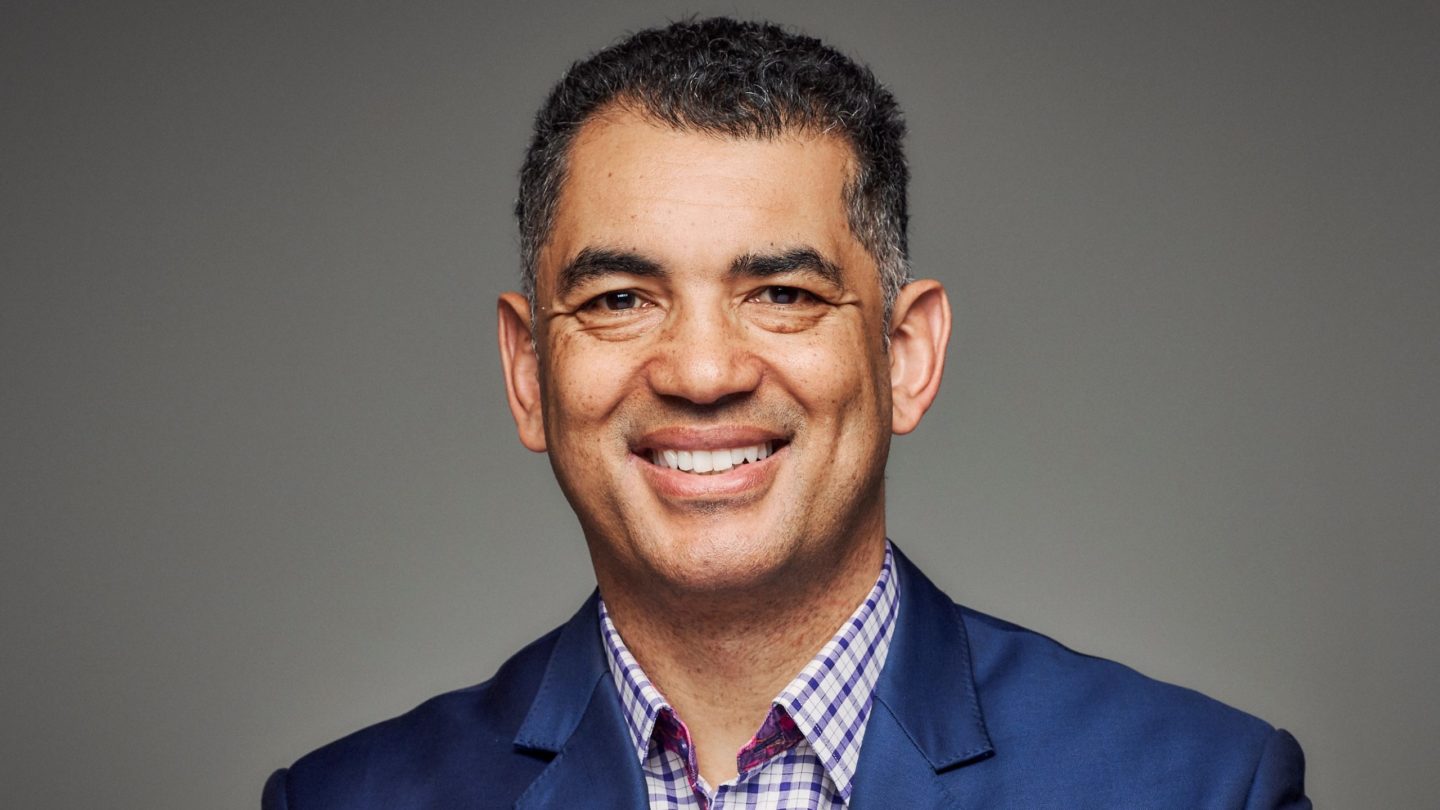As the nights draw in and the days grow colder, many investors will feel glad we are nearing the end of what has been a white-knuckle year on the markets. Although signs inflation is coming under control are producing glimmers of a recovery for equities, asset managers have endured another stress test of their long-term risk, return and correlation views, hot on the heels of the one posed by the pandemic.
When markets are confronted with extreme circumstances – Covid, a war and a sharp surge in inflation, on top of longer-term structural challenges such as productivity and sustainability, all in the context of UK political instability and fiscal imprudence – long-established relationships between asset classes can change, and long-tail events can occur.
Looking through these events to determine what is a short-term shift and what is a long-term reconfiguration is central to the job. Often, expected correlations reassert themselves. Sometimes they do not, though – and one reason is innovation.
Prosperity and correction
Writing in the 1920s, Russian economist Nikolai Kondratieff argued for the existence of very long-term cycles – over and above normal market cycles – driven by innovation. Looking back at history since the industrial revolution, he identified periods of around 40 to 60 years of prosperity and then correction, resulting in each case from disruptive technological advances.
More recent economists have identified five historical spurs for such cycles: the development of the steam engine in the late 18th century; the rise of the steel industry and the railways in the 1800s; the advent of electrical power in the late 19th and early 20th centuries; the growth of petrochemicals after the Second World War; and the current information technology boom, which began in the 1970s.
The argument runs that each wave, or supercycle, is characterised by a period in which innovation significantly boosts productivity, leading to a widespread uplift in living standards. As societies become more affluent, growth stagnates, inequality gaps widen, social unrest grows and the cycle collapses. But the turmoil is ultimately productive – and out of the winter comes the next spring.
Birth of a sixth supercycle?
Adherents to the theory suggest we are now in the winter of the fifth cycle, and the birth of the sixth – a cycle that will be driven by health, biotechnology, the carbon transition, the metaverse and/or the ‘Internet of Things’, depending on which version you believe.
This is far from economic orthodoxy. It is easy to argue parallels have been forced onto the historical instances identified. Even proponents struggle to identify when the various waves began and ended. And even if there is something in the theory, it is challenging to factor in the existence of cycles you can only really see in the rear-view mirror. For me, however, the takeaway here is that the things we rely on do change – albeit slowly, over long periods of time – and it is not always clear where you are in a long-term cycle.
When you are managing multiple mandates in a time of change, then, how do you factor that in? The challenge is to evolve your long-term risk/return view while keeping risk in each portfolio in line with investor expectations. In the age of independent risk profiling, alignment with the expectations set by the client has become even more important, given advisers and their clients can more easily monitor portfolio risk and quickly identify anything out of the ordinary.
Expectation management
In times of market change, this becomes more problematic. Advisers and clients monitor portfolios more closely, becoming more sensitive to losses and more vocal about deviations from expectations. And the scale of market movements amplifies small differences between assumptions and reality, resulting in bigger financial impacts. If tactical asset allocation is used to manage downside risk, it can take portfolios out of their targeted risk brackets – even if it is successful in mitigating losses.
What, then, is the answer? Increasingly, firms are looking for independent, consistent risk models with which to manage and target their strategic asset allocations. These allow them to compare their performance against published, regulated benchmarks that use those asset allocations.
Where managers have their own internal models, detailed comparison of assumptions and articulation of how risk is being taken are important, playing a dual role of supporting advisers in their explanations to end-investors of how the manager is managing risk and ensuring the internal investment committee is comfortable with the alignment to external models.
Whichever approach is chosen, ensuring there is consistency of definition among client, adviser and investment manager means all are aligned to a ‘true north’ – something that is vital in the good times and even more so in periods of uncertainty and volatility.
Ben Goss is CEO of Dynamic Planner







